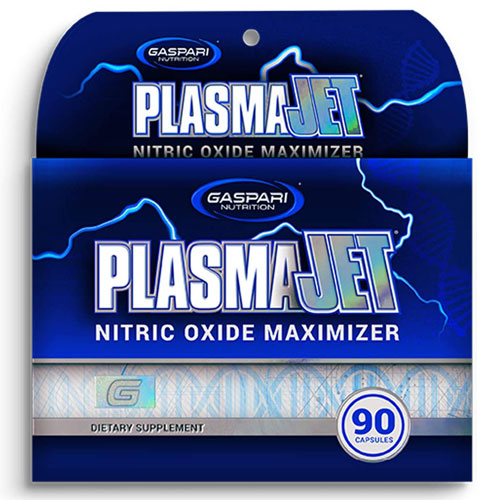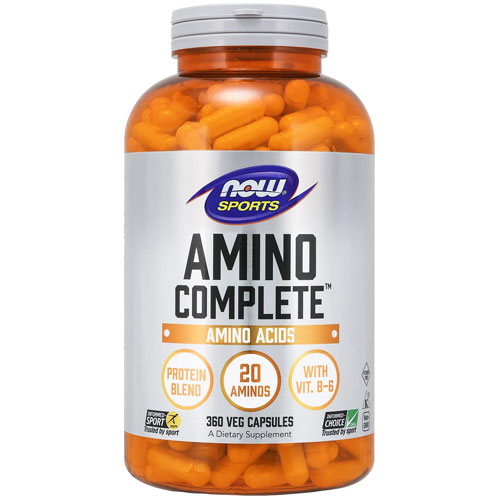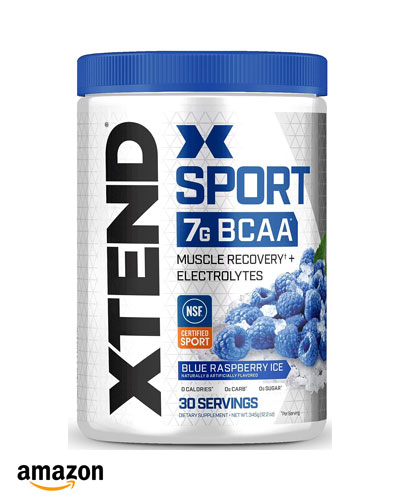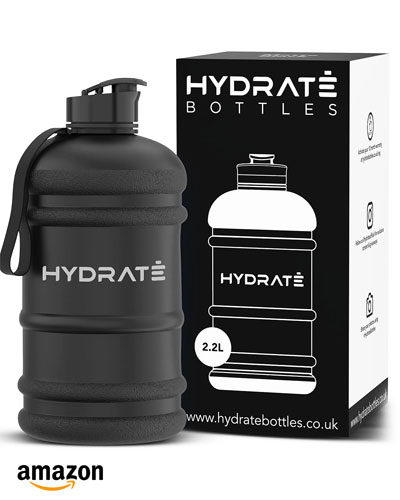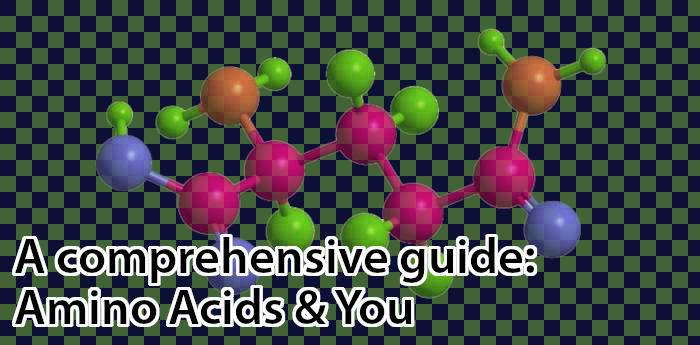

By: MuscleSports.net
A comprehensive guide to amino acids and their basic function in the human condition.
 Peptide Bonded Amino Acids!
Peptide Bonded Amino Acids!Amino acids - The building blocks of protein. There are twenty-four amino
acids, which form countless numbers of different proteins. They all contain nitro-gen, oxygen, carbon, and
hydrogen. Amino acids are either essential or nonessential. The “L” isomer of the amino acids has greater
biological value; it is distinguished from the “molecular mirror image” isomer, which is called the “D” form.
Thus, references to the individual amino acids often begin with the prefix “L.”
ESSENTIAL AMINO ACIDS must be derived from food or supplements. There are eight of them: L-ISOLEUCINE,
L-LEUCINE, L-LYSINE, L-METHIONINE, L-PHENYLALANINE, L-TRYPTOPHAN, L-THREONINE, and L-VALINE. L-ARGININE and L-
HISTIDINE, are essential for children to help with growth and dease prevention. NONESSENTIAL AMINO ACIDS
are manufactured internally in the quantities the body requires. Their names are GLYCINE, L-ALANINE, L-ASPARAGINE,
L-ASPARTIC ACID, L-CITRULLINE, L-CYSTEINE, L-CYSTINE, L-GLUTAMIC ACID, L-GLUTAMINE, L-ORNITHINE, L-PROLINE, L-
SERINE, TAURINE, and L-TYROSINE.
Glycine:
Vital for the manufacture of amino acids in the body and in the structure of red blood cells. Glucose and creatine phosphate (CP), two substances pivotal to energy production, require glycine in their synthesis process.
L-ALANINE:
A non-essential amino acid that occurs in high levels in its free state in plasma. It is produced from pyruvate by transamination. It is involved in sugar and acid metabolism, increases IMMUNITY, and provides energy for muscle tissue, BRAIN, and the CENTRAL NERVOUS SYSTEM.
L-ARGININE:
A semi-essential amino acid synthesized by the body from ornithine. It supports protein synthesis because it is involved in the transport and storage of nitrogen. L-Arginine is important for proper physical performance because it is used by the body to produce creatine. Stimulates the release of growth hormone, which helps Increases muscle mass while decreasing the amount of bodyfat. Increases collagen the main support protein found in bone, cartilage and connective tissues.
L-ASPARAGINE:
A non-essential amino acid that is involved in the metabolic control of cell functions in nerve and brain tissue. It is biosynthesized from ASPARTIC ACID and AMMONIA by asparagine synthetase. An important factor in the metabolic processes of the nervous system.
L-ASPARTIC ACID:
Involved in the conversion of carbohydrates to muscle energy which helps fight fatigue. A building block of immune system immunoglobulins and antibodies.
L-CITRUILINE:
Helps detoxify ammonia, a byproduct of protein metabolism, which is poisonous in the human body.
L-CYSTEINE:
Performs detoxification duties in combination with L-aspartic acid and L-citrulline. Helps prevent damage from alcohol and cigarette smoke. Stimulates hair growth.
L-CYSTINE:
A major partner in tissue antioxidant mechanisms. Contributes to improved healing, diminished pain from inflammation, and strong connective tissue.
L-GLUTAMIC ACID:
An important metabolic factor in energy production (deeply involved in the metabolism of sugar and fatty acid), brain function, and the immune system. In combination with vitamin B6, glutamic acid is converted to L-glutamine in the liver, scavenging ammonia in the process.
L-GLUTAMINE:
Lymphocytes and other white blood cells, front-line fighters in the immune system, are strongly dependent on glutamine. Glutamine also helps memory and concentration and aids in neutralizing the catabolic effects of cortisol, which is released upon strenuous exercise. L-Glutamine can pass through the blood-brain barrier and it is very important for brain physiology.
L-HISTIDINE:
Along with growth hormone and certain other amino acids, is vital to tissue growth. Important in the production of red and white blood cells. It is effective in heart diseases such as argina pectorosis and others, and it improves peripheral blood circulation.
L-ISOLEUCINE:
One of the three branched-chain aminos, so named because of their branching molecular configurations. The other two are leucine and vaiine. Together, they are indispensable for muscle growth and recovery. A nutritional conflict might occur with isoleucine and valine if they are not taken in a well-balanced portion (1-to-1).
L-LEUCINE:
See L-ISOLEUCINE.
L-LYSINE:
Low levels can slow down protein synthesis, affecting muscle and connective tissue. Has inhibitory affect against viruses and used in treatment of herpes simplex. Insures the adequate absorption of calcium; helps form collagen ( which makes up bone cartilage & connective tissues). A deficiency may result in tiredness, inability to concentrate, irritability, bloodshot eyes, retarded growth, hair loss ,anemia & reproductive problems.
L-ORNITHINE:
See L-ARGININE.
L-METHIONLNE:
Is a principle supplier of sulfur which prevents disorders of the hair, skin and nails; helps lower cholesterol levels by increasing the liver's production of lecithin; reduces liver fat and protects the kidneys; a natural chelating agent for heavy metals; regulates the formation of ammonia and creates ammonia-free urine which reduces bladder irritation; influences hair follicles and promotes hair growth.
L-PHENYLALAINE:
Enhances learning, memory, and alertness. A major element in the production of collagen, the main fibrous protein tissue in the body. Very useful for pain reduction in its modified D, L-phenylalanine form.
L-PROLINE:
A major ingredient in the formation of connective tissue.
L-SERINE:
Important for the production of cellular energy and the formation of acetylcholine, a paramount brain chemical that aids memory and nervous-system function.
L-THREONINE:
One of the amino detoxifiers. Prevents fatty buildup in the liver. Important component of collagen.
L-TRYPTOPHAN:
Stimulates secretion of serotonin, a brain chemical that has a calming effect on the body. Used in the treatment of insomnia, stress, and migraines.
L-TYROSINE:
Important to the function of adrenal, pituitary, and thyroid glands. Elevates mood and is used in the treatment of anxiety, depression, and insomnia.
L-VALINE:
See L-isoleucine.
Amino acids are one of the three major sources of energy in the human body, the other two being fatty acids and monosaccharides such as glucose. Amino acids are linked together in construction of the body’s proteins. Most amino acids are incorporated into proteins that are either structural or regulatory in nature. Structural proteins, such as collagen and elastin, make up the muscles, tendons, ligaments, and bones. Regulatory proteins, called enzymes, control the function of all of the metabolic pathways within the cells of the body. Some enzymes are general in their activity and help break down food. Class-specific enzymes regulate larger-scale processes. Ammonia scavengers—Combinations of certain amino acids and minerals that help remove ammonia from the blood. Ammonia is a toxic by-product of intense training (caused by the breakdown of amino acids for energy) and endurance events. It can accumulate to cause severe fatigue.
Our Conclusion: Amino acid supplementation in theory has sound principle behind it, but has yet to be reproduce in a controlled laboratory environment. We believe that it is because of digestive issues. This doesn't not mean that amino acid supplementation should not be used by bodybuilders, powerlifters, and all athletes in intense training. We recommend that you use full spectrum amino acids as part of each of your meals. Take two to four tablets or capsule with each meal to ensure that the protein derived from your meals are as balanced as possible for complete utilization. The following are our top choices, if you have a favorite brand make sure it has the complete array of amino acids.
Note: As you may see there are NO powders because we want the aminos to be utilized for muscle mass and not muscle energy. Consuming peptide bonded tablets throughout the day is like eating real food and keep your body anabolic, where as most powders are used quickly for muscle energy and are best consumed during your workouts.
Tags: Supplements Amino Acids
Train Smart & Train Hard!
DL
Thank You...

Send Us Your Comments:
Amino Acid Guide - Comments
Related Articles
Comments:

 Nutrition Books
Workout Accessories
Videos
Workout Music
Nutrition Books
Workout Accessories
Videos
Workout Music
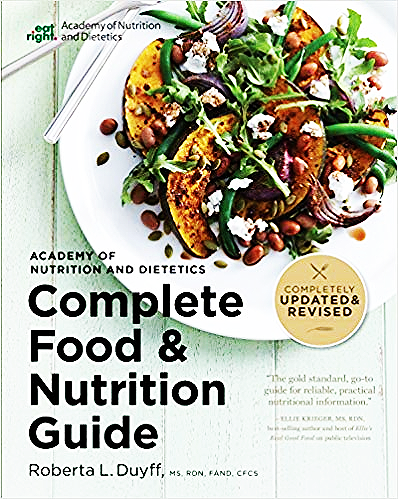

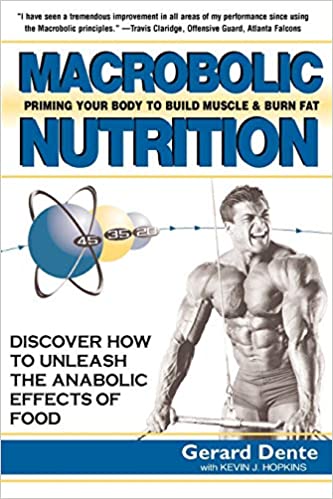

 By: MuscleSports.net
By: MuscleSports.net







